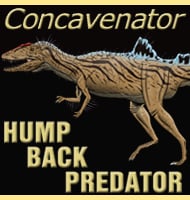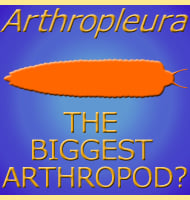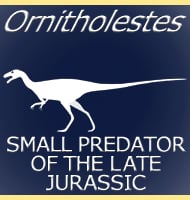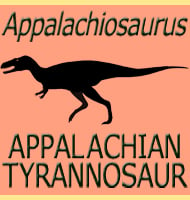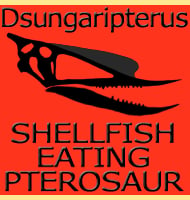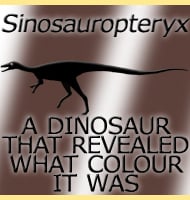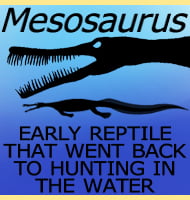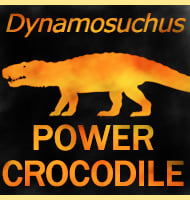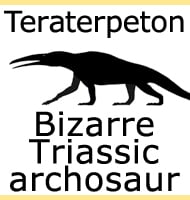In Depth
Preondactylus is another contender for earliest pterosaur although new discoveries are constantly challenging this. One feature that confirms the basal placement of Preondactylus is the short wings, since as pterosaurs evolved the wings became proportionately larger. The hind legs are also very long in relation to the total body length.
The diet of Preondactylus has been difficult to determine with certainty with most researchers sitting on the fence between piscivore and insectivore. While Preondactylus does seem to be associated with a marine environment, it does not mean that one should just come to the conclusion that Preondactylus was a fish eater.
The name Preondactylus comes from the Preone region of Italy where is was discovered, and combined the Greek ‘dactylus’ or ‘finger’, in reference to the wing construction. The holotype specimen suffered a lot of damage when it was recovered however when the slab it was on broke apart during extraction. Also when cleaned, much of the specimen was washed away leaving just an impression in the stone. This was not a total disaster however as a very simple method of employed to reveal Preondactylus. Silicone was poured into the impression and allowed to set. Once solid, the researchers just had to pull the moulding off and the bones of Preondactylus were revealed once again.
The most exciting discovery that may possibly represent another specimen of Preondactylus is a disarticulated mass of bones. Although it might not sound like much to get excited about, this mass of bones is actually a gastric pellet from a the predatory fish Saurichthys. Many fish cannot digest or excrete bone, so once the flesh has been digested the bones and other indigestible material is regurgitated in the form of a pellet, like how an owl will eat mice, but bring up the fur and bones in the form of a pellet. Unfortunately no one can say for certain if these remains really are attributable to Preondactylus as the only thing that can be said about this specimen is that it comes from roughly the same area as the holotype specimen. However the presence of this pellet does at least prove that while pterosaurs often fed upon fish, it sometimes worked the other way around.
Further Reading
– A new pterosaur (Reptilia, Pterosauria) from the Upper Triassic (Norian) of Fruili, Italy. – Gortania, Atti del Museo Friulano di Storia Naturale 5:45-62. – R. Wild – 1984. – Pterosaur remains in a gastric pellet from the Upper Triassic (Norian) of Rio Seazza Valley (Udine, Italy). – Gortiana — Atti Museo Friuliano di Storia Naturale. 10: 121–132. – F. M. Dalla Vecchia, G. Muscio & R. Wild – 1988. – New observations on the osteology and taxonomic status of Preondactylus buffarinii Wild, 1984 (Reptilia, Pterosauria). – Bollettino della Societa Paleontologica Italiana 36(3, 1997): 355-366. – F. M. Dalla Vecchia – 1998.

